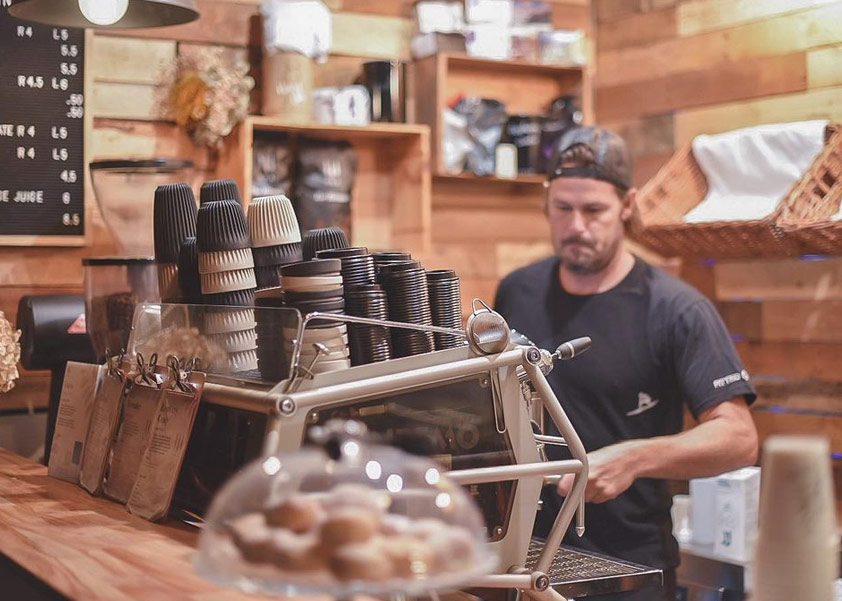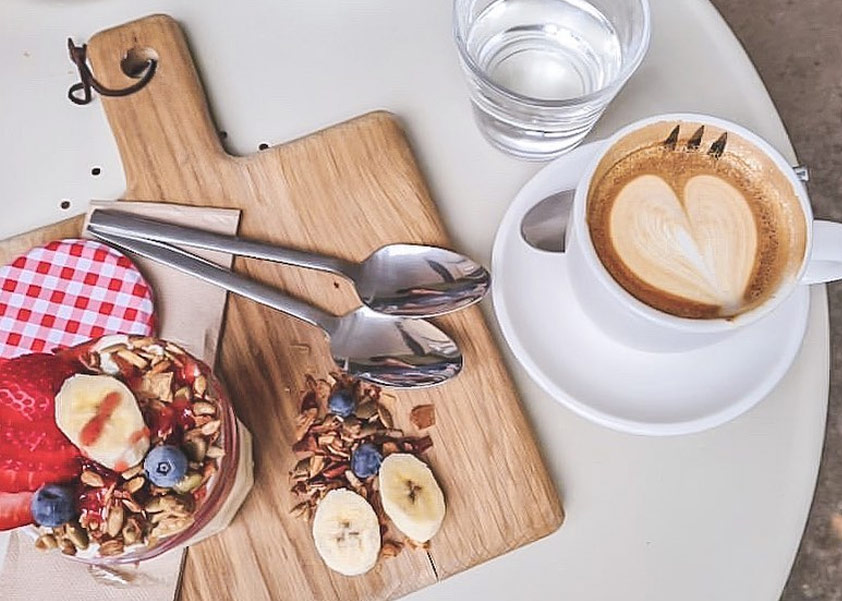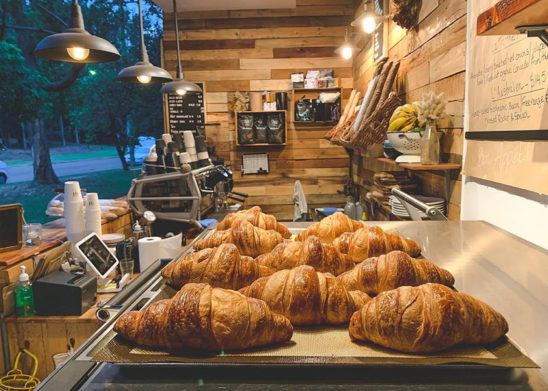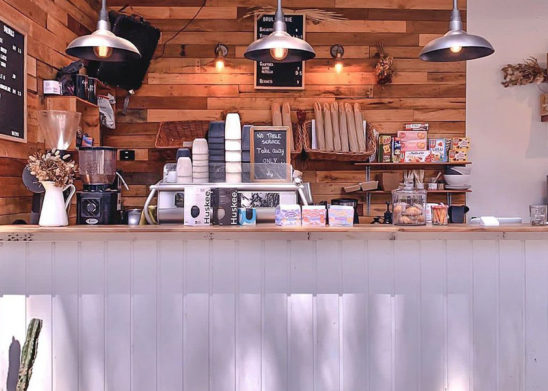Order online and pickup your favourites. More info
Coffee Culture and a Bit of History

France is well known for its gastronomie and its food culture. Everybody knows that the French cuisine is one of the best and most sophisticated in the world, so what about their culture around coffee?
The French say that they were the ones that invented the cafetière, also known as the French press, and they built an entire culture around coffee. The famous cafè Les Deux Magots stands as proof, and this is a place where the likes of Albert Camus, Pablo Picasso, James Joyce, Bertolt Brecht, Julia Child came to enjoy a cup of coffee.
Where to find the best coffee in Northern Beaches? Visit us in Mona Vale, Dee Why and Sawtell for a delicious specialty coffee experience.
However, as surprising as it might be, the French coffee itself is not at the centre of this experience, it’s the French café culture, it’s all about the experience. This is about taking a moment to calm down in the day and savour your coffee sitting down at a terrace, it’s about reading a book while sipping your coffee, or browsing the internet while you let the coffee enchant your buds.

This is something that we aspire to offer in our cafés, but paired with a superb quality coffee as the Australian customer is used to have. Coming on these shores I was amazed to find a sophisticated and well established culture of specialty coffee that could put many European competitors to shame. The people here know how to prepare and enjoy a coffee and we must be at our top game to satisfy such a knowledgeable clientele.
But how do the French serve their coffee? What should you do if you wish to have a French breakfast or a French snack in the afternoon?
The answer is easy: the French are in love with pastries and you should expect to have one along with your coffee. A croissant or a cinnamon swirl, a snail with raisins or even a baguette with butter and jam. And don’t forget to play some French music too for a complete experience.
In any case, a coffee should be savoured, not rushed, according to the French tradition, and this is what we recommend as well, if you want to feel the true taste of your coffee.
What about the history of coffee in the Western world?
History of coffee in France is old – the first coffee beans were brought to France by Pierre de La Roque, a keen traveller, in 1644. After importing it for some 70 years, the French were able to obtain 60 coffee plants from the Sultan of Yemen, who offered them as a gift to Louis XIV. In the next decade, the French cultivated the coffee in Guyana and Martinique with great success. In 1727, a Brazilian officer visited the Guyana plantations and asked for some coffee beans to take home, but he was refused by the governor. However, his wife was more generous (oh, mon Dieu!) and the officer left with the precious coffee beans, which were the first planted in Brazil. As we all know, the coffee proved to be enormously successful there later on. In 1730, some colonists from Martinique decided to export coffee in Ireland and Denmark. During the 19th century, the French contributed a lot to the coffee culture by inventing coffee-making machines, like the 1st coffee maker (1800), the espresso machine (1820), the Cona type vacuum coffee maker (1825), the pendulum siphon coffee maker (1844), the hydrostatic percolator (1855).
History of Australian Coffee
Coffee came to Australia pretty early, with the first fleet in 1788, but it truly entered the local culture one century later. Around the 1870s, coffee became popular due to a combination of factors:
the increase in popularity of Parisian coffee shops and the rise of the Temperance Movement, which was bound to stop the anti-social drunken behaviour. As a result of an intense lobby from the part of the Christian women in Melbourne, the pubs were forced to close at 6 p.m., which made way to the city’s coffee palaces. These were ornate and fashionable venues and they quickly became a trend that spread to Sidney and other cities. Espresso first came to Australia in the 1930s with Italian immigrants, but truly became popular in Australia only around the 1950s, following an influx of WW2 European immigrants. Australian coffee culture grew steadily throughout the 70s and 80s, and increased exponentially in the 90s.
Australia is today credited with its own coffee brew, the famous “flat white” (1985), and has a strong coffee culture, with an interest in ethical coffee and knowledgeable customers on roast and taste.
Visit us when you are in the surrounding suburbs of Northern Beaches and North Sydney!





